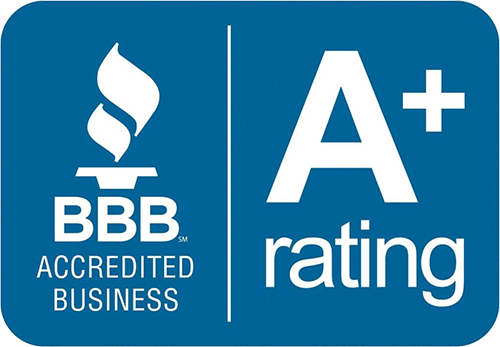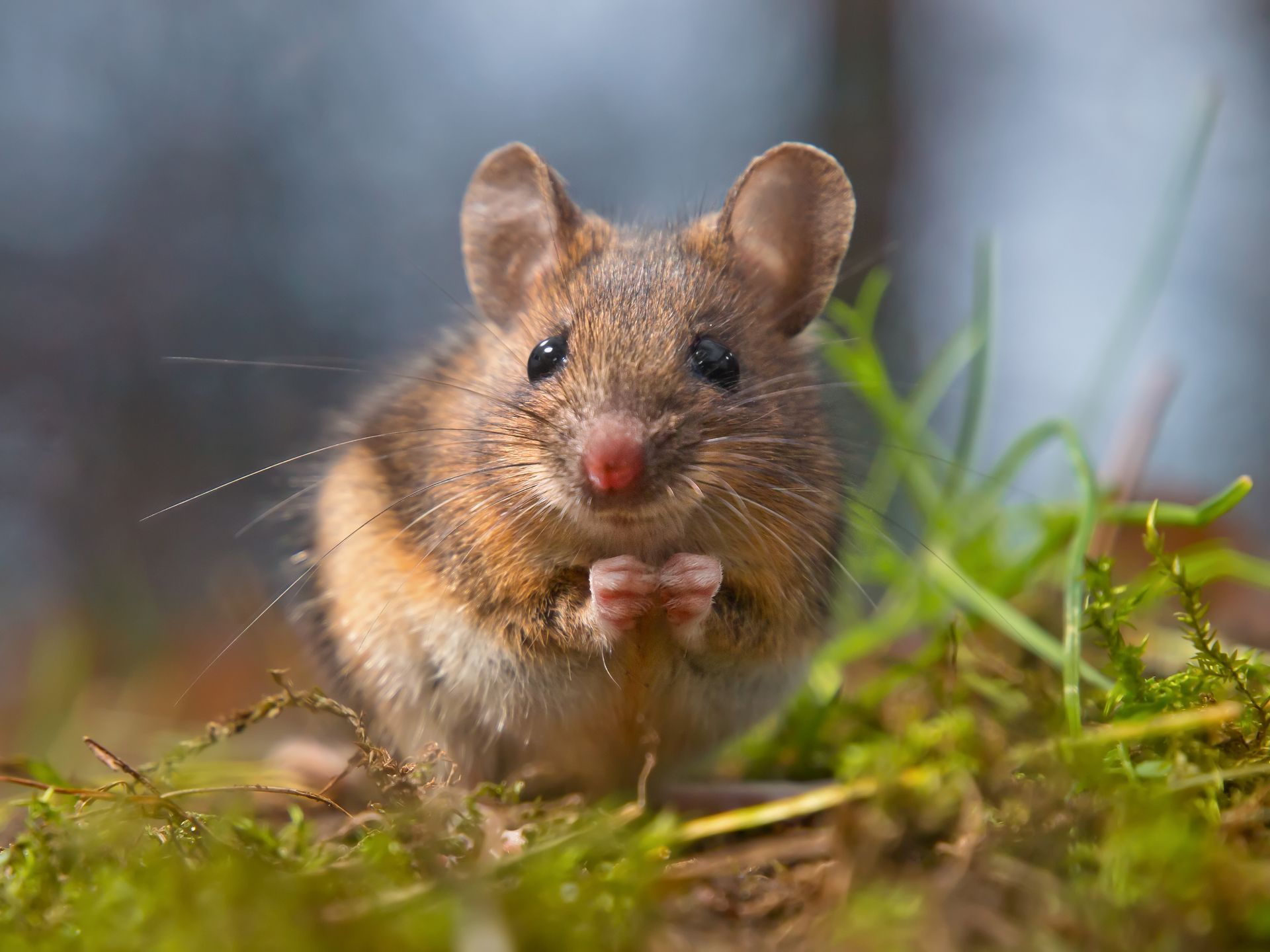Termite Control Services
For Charlotte, NC and the Surrounding Areas
Wood Destroying Insects, or WDI's, may be small, but the destruction they cause can be enormous. The most common type of WDI, of course, is the termite. They can infest any structure and wreak absolute havoc. It takes a specialized team of termite control exterminators to remedy this serious problem.
At Killo Exterminating Co., our specialized employees have extensive knowledge and experience in termite control. We understand the importance of having a well-thought-out plan, and that is where we step in. While some competitors may pressure you into immediate treatment, our approach is different. We take the time to thoroughly assess the situation and consider the most appropriate course of action.
We pride ourselves on educating our customers about effective termite treatment plans. For years, we have been assisting residents and business owners in the Charlotte, NC, area in safeguarding their valuable assets from the destructive impact of bugs.
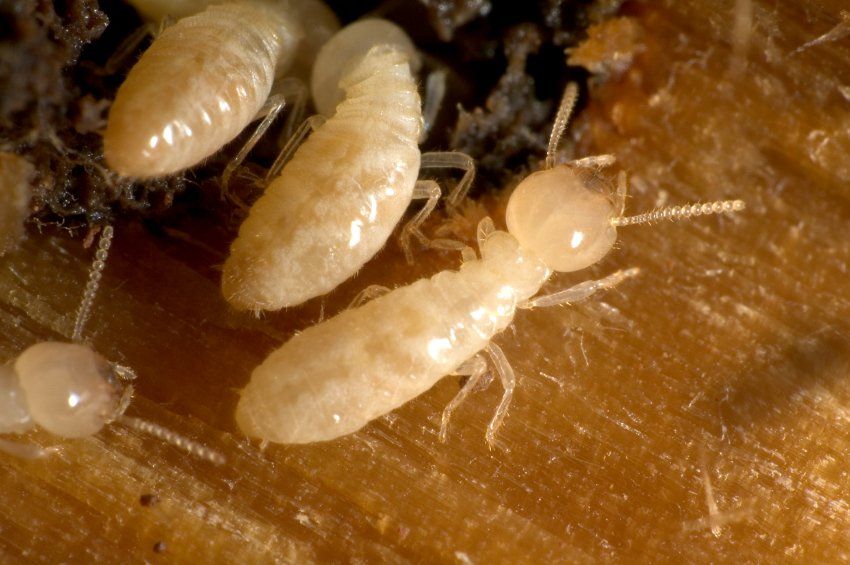
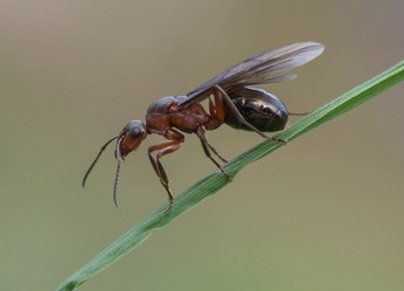
FLYING ANTS
- Bent or elbowed antenna
- Middle part of body narrow (pinched waistline)
- Different sized wing sets
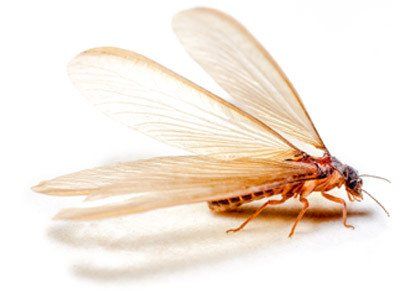
SWARMER
- Antenna Curved
- Broad middle body (cigar shaped)
- Double set of similar shape/size wings
What is the Termite Treatment Process?
Termite treatment typically involves a comprehensive approach to eliminate existing infestations. Treatment involves preventing future activity. The treatment process can vary based on the severity of the infestation and the specific types involved. Here are the key steps involved in a treatment process:
- Inspection: Our professional pest control specialist will thoroughly inspect your property to determine the extent of the infestation. This includes examining the interior and exterior of your home, including basements, crawl spaces, and attics.
- Identification: Once the inspection is complete, the specialist will identify the species and assess the level of damage caused. This information helps determine the most effective treatment method.
- Treatment Options: The treatment plan may involve various methods and is dependent on the type.
- Follow-up: After the initial treatment, regular follow-up treatments are essential to ensure the effectiveness of the treatment and detect any new activity. This helps in early detection and prompt intervention if required.
The "Silent Destroyer"
The termite, also known as the “silent destroyer” can do thousands of dollars of damage to your home before you are even made aware of it. They feed on the cellulose found in wood that is used in furniture, shelving and the foundation in homes. They are quiet and they are small, which means early detection of their presence is not usually the case. Those who do notice these pests are likely to mistake them for ants or houseflies.
One way to check if your home is infested with termites is to test the wood alongside your windowsills, baseboards and walls by tapping it with the handle on a screwdriver to check for a hollow sound. Wood that sounds hollow is likely damaged and may in fact be the result of an infestation.
Warning Signs of A Termite Infestation
Identifying a termite infestation early on can save you from substantial damage and costly repairs. Here are some signs to watch out for:
- Mud Tubes: They build mud tubes, resembling small tunnels, to protect themselves while traveling between their nests and food sources. Look for these tubes along the foundation, walls, or wooden structures.
- Swarmers: Winged termites, known as swarmers or alates, are reproductive ones that emerge from established colonies to start new ones. If you notice swarms of winged insects, especially near light sources, it may indicate an infestation.
- Wood Damage: They feed on wood from the inside out, leaving behind hollowed-out or damaged wood. Tap or press on wooden surfaces to check for a hollow sound or weakened structures.
- Discarded Wings: After a swarm, discarded wings can be found near windowsills, doorways, or other entry points. Swarmers shed these wings as they establish new colonies.
- Frass: Droppings, called frass, are tiny pellets resembling sawdust or sand. It is a clear sign of an infestation if you notice such droppings near wooden structures or tunnels.
Contact Us Today to Schedule an appointment!
As a trusted pest control company, we offer several types of termite control services for WDI's, including inspections, insect information reports, treatment of existing structures, and treatment of structures under construction. We can also install automatic ventilators and vapor barriers to help address wooden understructures that are excessively wet.
The Killo Exterminating staff is very knowledgeable and friendly and will walk you through the entire process, explaining everything along the way so you can be informed and educated about our pest control. Termites are a problem in North Carolina, so it is important to watch for warning signs like damaged wood, mud-like material, and insects that look like flying ants.
For more information and pricing on our pest control & exterminator services, call today!

